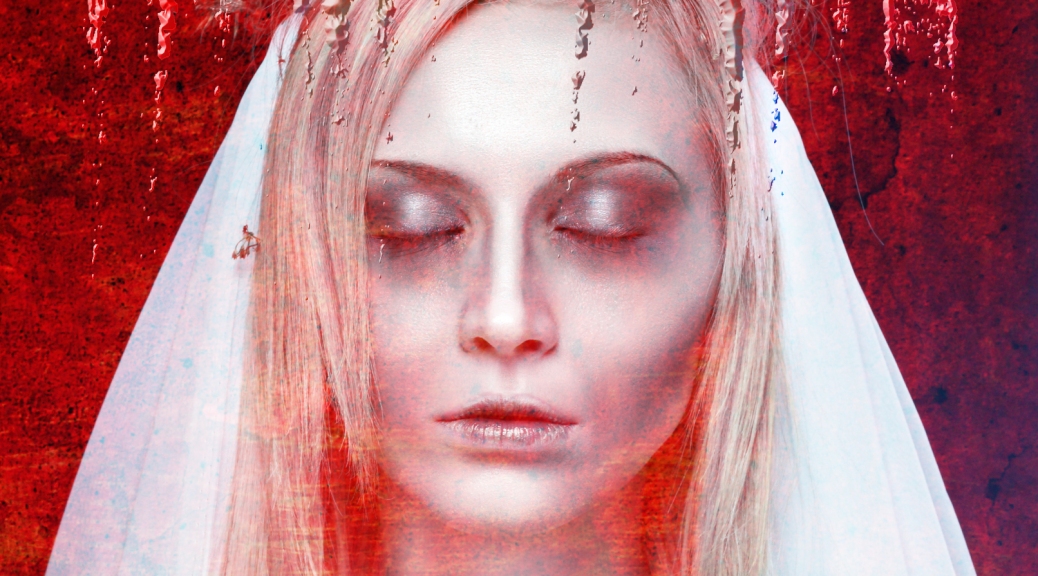My tenth horror/supernatural thriller/suspense novel, ‘Dead Eyes,’ focuses on a jilted bride who develops the ability to connect with the victims of a murderous, deranged psychopath at the moment of their demise. She literally sees and experiences what they are going through. This unfortunate twist, combined with a fresh sensitivity to other souls left behind after death, overshadows her attempts at recovery from a true annus horribilis.
The character of Gillian Crane was a delightful protagonist to write. Born into privilege, yet from a down-to-earth family, she has struck out on her own to seek independence and build a new life. When that new life falls apart after her supposed wedding day, Gillian faces the challenge of returning home single with her tail between her legs. This adds to the inner turmoil caused by those aforementioned paranormal experiences.
Readers of previous works sometimes comment on how much they enjoy the ‘friend’ characters in my books. Deborah Rowling, Gillian’s bestie who she met after moving to Hampshire, will no doubt delight in a similar fashion. Banter between the pair buoys up what could otherwise sink into a morbid and depressing tale.
I usually write antagonists who are complex and multi-layered, rather than cartoon villains. Simon Sloane, AKA ‘Banjo,’ continues that tradition. This insane child turned adult serial killer spirals further into madness as the story rolls on. There were two specific challenges to address here:
FIRST: A key component in his unravelling life is the misremembered perception of past events. For a novel written in the third person, I had to take that classic device, ‘the unreliable narrator,’ and fiddle with it to offer the reader clues that what they are being TOLD happened during his youth, may not be entirely accurate. The important issue is to neither confuse people nor make them feel cheated once the truth is revealed. Hopefully there are sufficient giveaways to arouse suspicions that Banjo’s memory is skewed according to a false narrative regarding his sister.
SECOND: Because Banjo’s mother is also insane and treats him with constant rage and contempt, it was important the audience not develop too much sympathy for the guy. Like many ‘wicked people,’ he’s a mixture of light, shade, physiology and breeding. The sickening actions he takes against innocent victims in vicarious vengeance over his departed sibling, should be enough to distance anyone from the tormented aspects of his obvious and all-pervasive mental illness.
When it came to locations, Hampshire and Buckinghamshire provided ideal main settings. Gillian grew up in Great Missenden, the daughter of a self-made multi-millionaire father and society dame mother. After moving away, she sets up home in a rented garret above a gallery in Alresford, a short distance from Winchester. As with previous works, I’ve incorporated many real-life locations, some genuine businesses and events (albeit used fictitiously) plus local English history and culture. These are woven together around a plot that moves from the mundane and believable to switch gears and ramp up the tension.
From Halloween to Christmas, horror and heartbreak, to ghosts, gore, good friends, old souls in limbo, a warped villain and multiple mysteries (plus the world’s most adorable spaniel); you’ll find it all wrapped up with a neat bow at the end.
‘Dead Eyes’ will be available in Paperback and Kindle formats from 5th December. The Kindle version will release at a mega-discount price for the first few days. Anyone who pre-orders the title is guaranteed to receive this price.



















